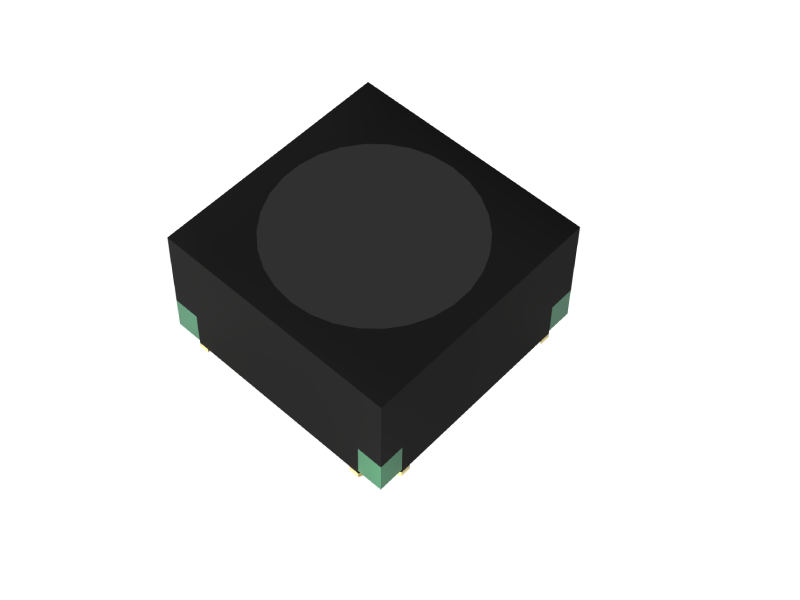When the holographic decks and transparent displays from Star Trek materialize in reality, corporate exhibition spaces are undergoing a spatial revolution driven by LED and OLED technologies. The LifeWave Customer Welcome Center, completed in 2023, weaves the company’s history, product innovation, and future vision into an interstellar journey through the world’s largest Ventana LED array and transparent OLED floating display stations. Here, LED walls with 0.8mm pixel density form a time-travel tunnel, while OLED screens with 40% transparency suspend holographic projections. Over 20 million light-emitting units redefine the logic of spatial storytelling.

MLM’s LifeWave welcome center integrates LED and OLED technologies for immersive visuals.
This article delves into this landmark project to analyze how LED and OLED technologies are redefining immersive experiences through pixel density breakthroughs, transparent display innovations, and system-level integration. From Utah’s interstellar showroom to Las Vegas’ digital domes, we explore how display technologies transcend physical limitations, transforming spaces into compelling narrative mediums.
As visitors step into the LifeWave Welcome Center, they are transported to the futuristic bridge of a Star Trek starship. This sci-fi ambiance is powered by the seamless integration of Megapixel Ventana LED displays and LG OLED-T transparent screens. From the holographic projection room to the time-travel tunnel and the floating “Beyond Tomorrow” zone, the technical team employed 0.8mm ultra-fine pixel pitch LEDs and transparent OLED stations to transform corporate storytelling into visual spectacles.
This case demonstrates that LED and OLED have transcended traditional commercial displays, becoming core enablers of immersive spaces. Their combination achieves seamless splicing, ultra-high resolution, and transparent displays that dissolve physical boundaries, injecting futuristic appeal into brand narratives.
In LifeWave’s time-travel tunnel, walls feature 0.8mm pixel pitch LEDs, while the ceiling uses 1.25mm variants. This dual design balances viewing distance and cost:
0.8mm Pixel Pitch: Ensures pixel-free visuals even at a 3-foot (0.9-meter) viewing distance.
HELIOS Processing Platform: Supports real-time 16K content rendering with dynamic color temperature and brightness adjustments.
To match Star Trek’s mirror aesthetics, LED surfaces adopt high-gloss black coatings, maintaining uniform texture when inactive. The ceiling’s inverted installation, enabled by custom frames, overcomes gravitational impacts on display modules.
Parallel Cases:
Las Vegas Sphere Dome: The world’s largest LED穹顶 with 19 million pixels for 360° panoramic immersion.
Tokyo TeamLab Borderless: Flexible LEDs create flowing light-shadow spaces with 1.5mm pixel density.
In LifeWave’s “Beyond Tomorrow” zone, LG OLED-T screens achieve sci-fi “floating content” effects with 40% transparency and million-level contrast ratios. Key advantages include:
Self-Emissive Properties: No backlight modules; 3mm thickness enables ultra-thin installations.
Wide Color Gamut: 98% DCI-P3 coverage for precise metallic texture rendering.
| Technical Aspect | LED Advantages | OLED Advantages |
| Brightness | 2000 nits (ideal for bright environments) | 800 nits (superior in dark settings) |
| Contrast Ratio | 10000:1 | Infinite (true black display) |
| Form Flexibility | Curved splicing capability | Transparent/flexible screens |
Parallel Cases:
SM Entertainment Hologram Theater: Transparent OLED + holography for virtual idol interactions.
BMW iNEXT Concept Showroom: OLED-integrated car windows overlay AR navigation data.

The LifeWave project employs AV Stumpfl PIXERA media server clusters to synchronize LEDs, OLEDs, lighting, and holograms. Its framework comprises three pillars:
Real-Time Rendering: Unreal Engine-powered digital twins preview content-spatial alignment.
Centralized Control: Stream Deck enables one-button activation of multi-device workflows.
Cloud Monitoring: Remote diagnostics reduce fault response time to 5 minutes.
Industry Trend: Disney Imagineering’s “Magic Wall” project combines LED-OLED hybrid displays with AI-generated interactive light and shadow effects.
Current limitations focus on cost and content production:
0.8mm LED screens cost up to $5,000/m², requiring scale production for affordability.
Transparent OLED content demands layered design, extending development cycles by 30%.
Emerging solutions signal the future:
Micro LED: Merges LED brightness with OLED contrast; Samsung’s 0.2mm pixel pitch prototypes lead the way.
Haptic Feedback: Panasonic’s vibrating OLED screens enable visual-tactile immersion.

Kinglight – professional supplier of LEDs
From LifeWave’s interstellar tunnel to Las Vegas’ digital dome, LED and OLED are redefining human-space interactions. When pixel density surpasses visual perception, and screens evolve from “display media” to “space sculptors,” technology serves not just the eyes, but humanity’s imagination of the future. In this journey, immersive visual technologies are no longer mere tools—they are keys to unlocking new narrative dimensions.